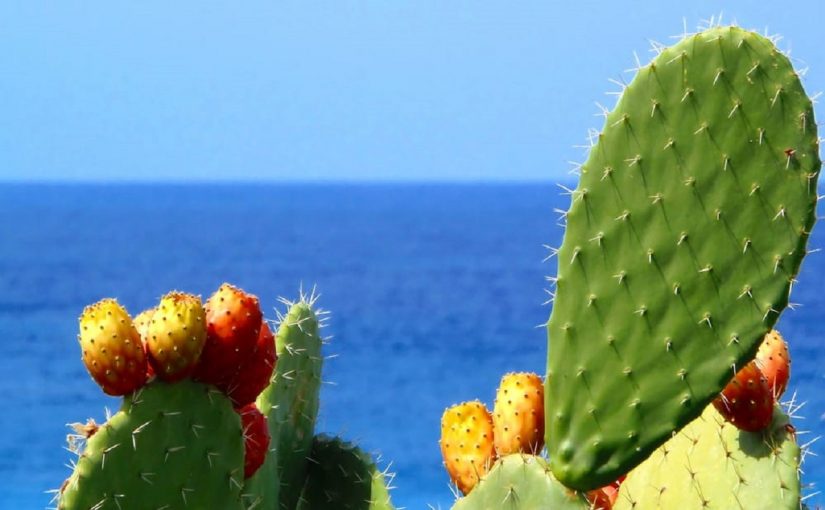23.9.2020
So called prickly pears or “Figs of India” (fiku d’innia in local dialect), Imported since ancient times in Calabria , are the only fruits not treated with any kind of chemical additives, because they grow spontaneously and in abundance in the warmest areas.
This fruit with purifying and refreshing effects, typically maturing in summer, appears to be among the most purchased in Calabria in the period from May to September.
PART OF THE LANDSCAPE
It is impossible to cross Calabria and not to notice the numerous plants of prickly pears, present above all in stony places, an integral part of the South Italian landscape. They stand out with their intense green color enlivened by the red, yellow and orange of the fruits, so characteristic as to constitute an aspect of the Calabrian territory, and in a particular way in the areas of Tropea and its neighboring countries.
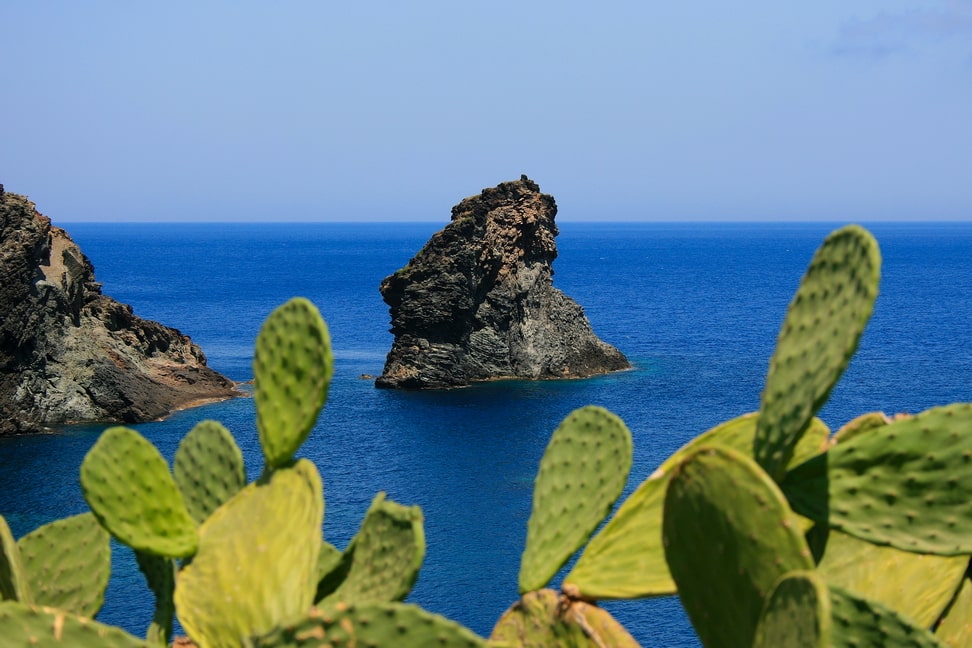
Prickly pears (in Botanic latin: opuntia ficus indica) belong to the Cactaceae family, they arrived in Italy after a very long journey. Native to South America, this plant lives luxuriantly in the Cordillera of the Andes and in the Mexican greenhouses. The plant made her first appearance in Europe thanks to Christopher Columbus who would take prickly pears to Spain. Some historical sources instead declare that it would have been the Saracens to introduce the figs of India in Italy when, in 827, they landed in Mazara, in Sicily.
A BEAUTIFUL FORM OF LIFE
On the other hand, the plant is very pleasant to see. Both from an aesthetic and a botanical point of view, this plant has fleshy leaves full of thorns, which overlap thus generating a shrub.
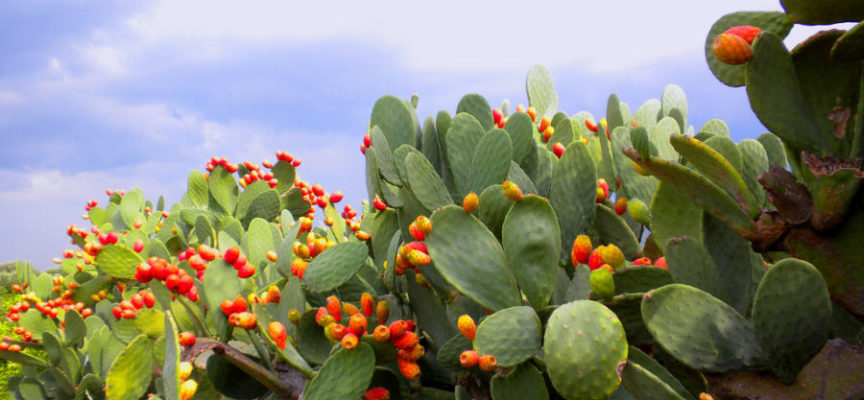
Its flowers are yellow and the ovoid-shaped fruits grow on top of spiny large “blades” (some large fleshy leaves). Their pulp, juicy and rich in vitamins, contains numerous woody seeds.
A MUST OF MEDITERRANEAN DIET
As said before, the prickly pear has an important peculiarity: it does not require chemical interventions to develop and is therefore one of the very rare varieties of fruit that is not tampered with by man.
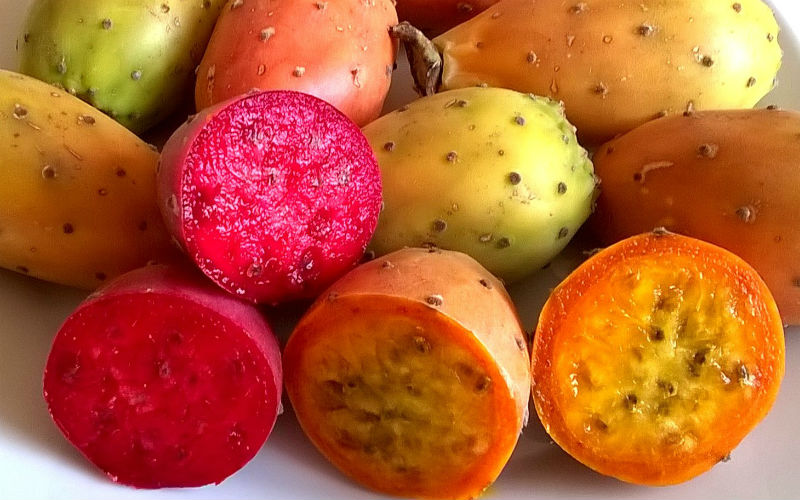
It is therefore a product recommended for our tables and for the Mediterranean diet, in which it enters fully for its quantity of vitamins and water.
NUTRACEUTICAL PROPERTIES
Prickly pears have many beneficial properties and have a purifying function also in the liver, therefore they are recommended in cases of kidney stones as they favor diuresis. Taken in the right quantities they have a laxative effect even if the woody seeds contained in the pulp can cause constipation. In addition, the large fleshy leaves of the plant are used to treat various diseases such as angina, tonsillitis, coughs, fevers, suppurations and abscesses.
A DIFFICULT HARVEST
Harvesting of prickly pears requires a technique that is still not mechanized as today the characteristic “coppo” is used, a sort of cone-shaped container on the tip of a stick, employed in order to avoid the annoying and very numerous and light thorns.
THE PRICKLY PEAR OF CROPALATI
Cropalati, the city of the prickly pear, in Calabria (it deserves a so called DOP mark of quality, as already exists in San Cono in Sicily, where it is grown for export). Here the figs are harvested in the period from July to August, the plantation here as in Calabria is native to Mexico, derives from the opuntia ficus-indica, a succulent plant of the Cactaceae family, naturalized for centuries in Calabria and Sicily. It came after the discovery of Christopher Columbus, from what were thought to be the Indies and were instead the new American continent.
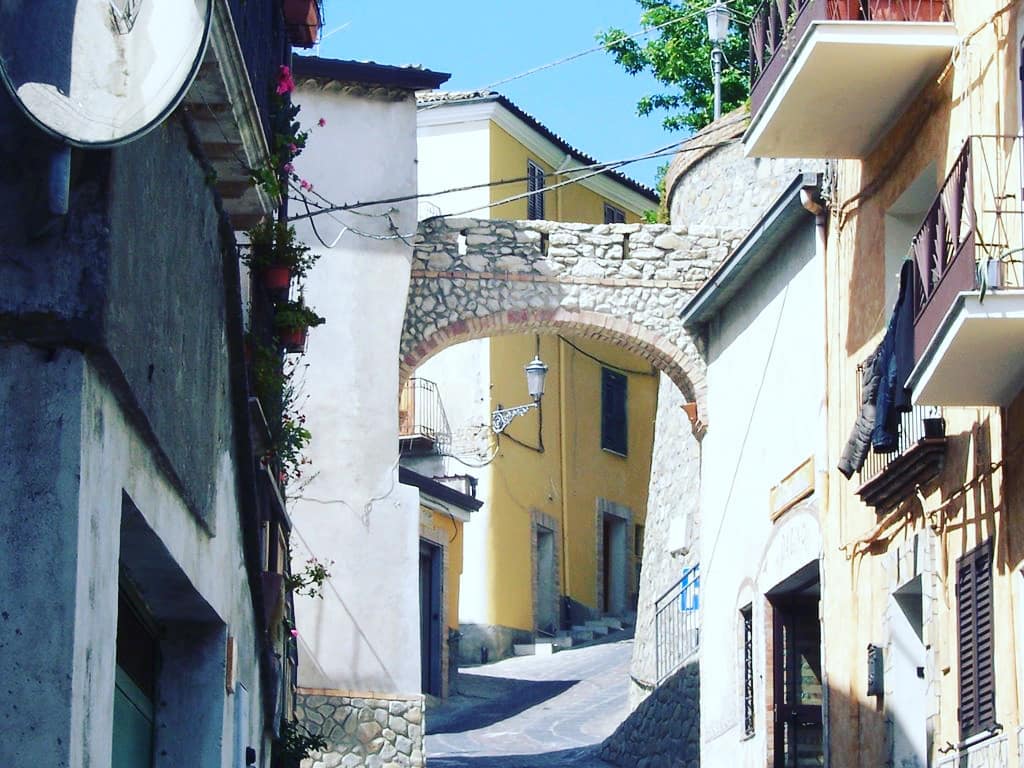
Among the Aztecs, the prickly pear was considered a sacred plant with strong symbolic values due above all to the colors of the fruits, reminiscent of those of the leopard, and economic-commercial, as the precious carmine color was extracted from them. The plant presumably arrived in Europe around 1493. With its characteristic branches with flattened and thorny blades, colorful flowers and succulent fruits with a thorny shell, it was a great discovery. In the year of the return to Lisbon of the expedition of Christopher Columbus, it appeared for the very first time in Europe and it found the ideal microclimate in the areas overlooking the sea, spreading thanks to the birds that spread the seeds, thus becoming an integral part of the landscape and culture of many Mediterranean countries.
The figs are an excellent supplement, they have digestive properties and act as a psychic balancer, promoting the growth of hair and nails. In fact, the figs help intestinal functions, make assimilate less fat and sugar, increase the sense of satiety, promote diuresis, reduce the risk of kidney disease and have strong antioxidant properties. Therefore, in Cropalati in the prickly pears everything is used: from the peel, which was preserved in brine, to the flowers, eaten raw in salads or to prepare a decoction against kidney diseases, to the blades that are they cooked like normal vegetables.
The most common are the very sweet yellows (sulfarini) and the whites (muscaredda), the rarest and sweeter reds (sanguigne). The largest, called in some areas and in Sicily bastarduni, are the most durable and arise from the second flowering.
RECIPES BASED ON PRICKLY PEAR
Prickly Pear Jam
Perfect to spread on bread as a snack or for breakfast, it will also be perfect for making various types of cakes and pies.
Ingredients
• 1 kg of prickly pears
• 400 g of sugar
• juice of 1 lemon
Preparation:
The first thing you need to do to bring a delicious prickly pear jam to the table is, obviously, clean the fruits thoroughly to remove the annoying thorns on the outside. This is a simple procedure but must be carried out with extreme caution.
First, try not to touch them with your bare hands to prevent the smallest thorns often invisible to the naked eye from hurting you. Put the prickly pears in a colander and rinse them with plenty of cold water. So keep them to soak for an hour to soften the larger thorns.
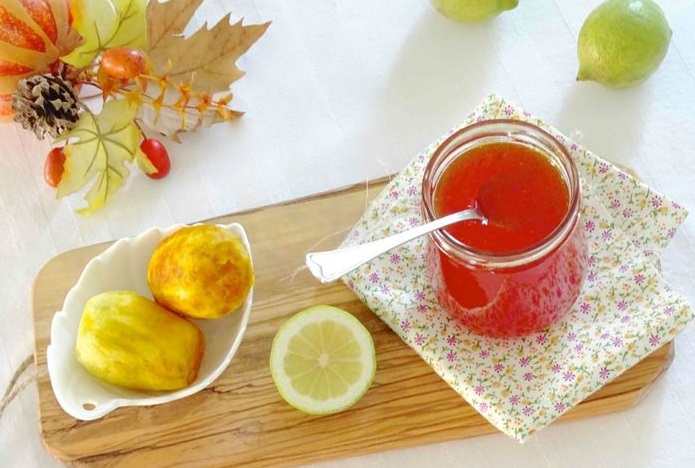
Now, using a fork and knife, clean the prickly pears. Insert the fork in the center of the prickly pear and first remove the two ends with the knife. Then make a vertical cut in the center and lift the edges with the knife. In this way you will gradually remove the peel and the ugly will appear in all its goodness.
At this point, the prickly pears will be reduced into small cubes and added to a large pot where you will have to cook them for about 20 minutes or until they are very soft. at this point pass them with a classic vegetable mill. In this way, in fact, you will eliminate the seeds present inside, which can be particularly annoying.
Now put the juice and pulp obtained back into the pot together with the sugar and lemon juice and continue cooking for about 40-45 minutes or until your jam has started to thicken and has therefore reached the right consistency…
So you just have to sterilize the jars in such a way as to allow proper preservation of your jam. Then boil both the jars and the caps in a pot for about 30 minutes. Let it cool and add the jam inside when it is still hot.
Cover immediately with the lid and let them cool upside down. At this point you just have to put in the pantry, in a cool place away from sources of light to rest.
If you want, you can also prepare this preserve without adding sugar but sweetening it naturally with honey or using other sweeteners.
Another very tasty variant is the prickly pear jam with the addition of cinnamon. Cinnamon will be perfect to give a spicier flavor note to your prickly pear jam. Alternatively, grated ginger will also be excellent. If, on the other hand, you want to enrich the flavor you can also use apples, which will give an even more particular taste.
Finally, the jam can be kept for several months if stored in a dark place away from heat sources. Once the jar is opened, however, it should be kept for a maximum of one week in the refrigerator.

Other Recipes
In practice, prickly pears are also used to cook tasty fried peppers, which they flavor.
The fruit can be dried or baked (very energetic in this case). A well-known Calabrian distillery in Limbadi also produces a distilled liqueur, known as “Indianello“.
Other very popular culinary preparations are the prickly pear ice cream, the prickly pear peels with red onion and mulled wine, the prickly pear tart, the prickly pear syrup, the fig peel fritters of India, Risotto with prickly pears and Mustard with prickly pears.

